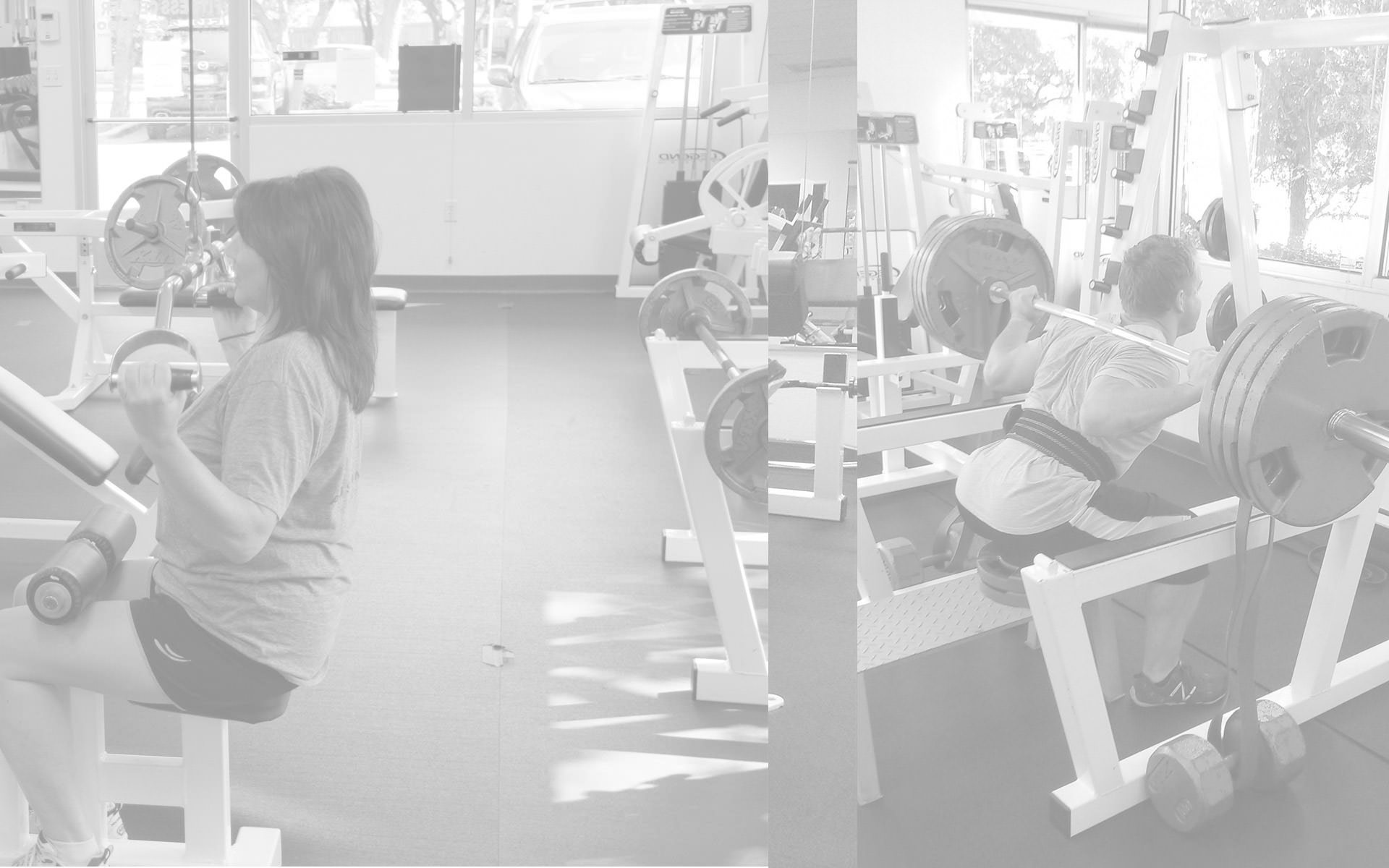Anterior Pelvic Tilt
Anterior pelvic tilt is a term we are hearing more and more these days from personal trainers, as well as throughout the fitness world in general. It’s hardly a new condition, as it has been around as long as we humans have, but we’re hearing more about it now, especially when phrased like that.
Anterior pelvic tilt is simply a condition wherein the person affected by it has a forward tilting top of their pelvis. This is caused by tight psoas muscles, which are the body’s major hip flexor muscles, which allow us to raise our legs, such as when we walk, run, climb, etc. When these psoas muscles get tight, they tend to pull our pelvis’ forward, as that is where they insert on the front side of our bodies.
What Is Anterior Pelvic Tilt?
Very few things in this world have no effect on other things when they are not aligned, or functioning as they should, and the hip flexors are no exception. When the psoas muscles are tight, they will pull the top of the pelvis forward, and in doing so, the rear of the pelvis will rise, thus shortening the muscles of the low back, including the erector spinae, as well as the quadratus lumborum, as well as the lower lying gluteals, piriformis muscles, and so on. Consider also that no 2 tight muscles are of equal tightness, and what you end up with is a forward tilting pelvis caused by the tight psoas muscles, and a subsequent rotation of the hips, depending upon which side is tighter. Furthermore, there will be atrophying of the erector spinae muscles, which not only causes low back pain upon prolonged standing, etc, but can ultimately lead to spinal degeneration if left untreated. The glutes and hamstrings will be tightened and weakened, thus putting them at risk for tears as well.
Years ago, anterior pelvic tilt was called swayback, and oftentimes was confused with Scoliosis. A lot of times we can trace a genetic trait to it. Other times we see that it affects people who are subjected to extended sitting, such as airline pilots, truck drivers, office workers, etc. Sometimes, of course, it’s a combination of both. No matter the root cause or contributing factors, it’s something very worthwhile to fix, not only for your immediate comfort, but for your long term postural stability, and health as well.
How To Fix Anterior Pelvic Tilt
The remedying of an anterior pelvic tilt requires a multifaceted approach, as well as patience. Everybody wants instant gratification, and especially relief, but in the fitness world, that’s the exception, not the rule. As a personal trainer in Austin for the past 20 plus years, I’ve dealt with a great many cases of anterior pelvic tilt in everyone from professional athletes, such as NBA players, NFL players, bodybuilders, and so on. I’ve also dealt with several airline pilots, and any number of folks that have office jobs, thus causing them to remain seated throughout a great portion of their day. In either scenario, be it a genetic predisposition, a work, or lifestyle induced condition, it is definitely treatable, and the approach is identical for both.
The first thing we have to start with is what I refer to as corrective flexibility. This is a term I use for lengthening muscles as well as connective tissue to their proper length, which will then correct the postural imbalance, and allow us to strengthen that muscle to it’s full potential. This in turn keeps away other imbalances brought on by us favoring the wrong muscles for our every day functionality. An example of this would be if someone had a broken foot, they would obviously limp, whether they’re wearing a boot or not. This altered gate will cause imbalances throughout the hips, and surrounding areas, all the way down to the ankles, as different muscles are used as a means of compensation.
In the case of an anterior pelvic tilt, we must lengthen the psoas muscles through deep tissue myofacial release techniques, amongst several others, and then begin strengthening those aforementioned psoas muscles when it is appropriate. The same must be done with the gluteal muscles, the hamstrings, etc, etc. People suffering from an anterior pelvic tilt are by nature quadricep dominant, as their gluteals have been compromised and weakened, so it is very important to focus on a lot of gluteal strengthening, after they’ve been sufficiently lengthened, of course. Because they have been quad dominant for so long, there are likely patellar tracking issues as well, so the iliotibial bands, as well as the quadricep muscles, particularly the vastus medialis, as well as the vastus lateralis, will have to be worked through. One set of muscles that contributes greatly to our pelvic positioning is the abdominal muscles. If we have weakened abdominal muscles, our pelvis will shift as and the shortening of the erector spinae will ensue.
How To Keep Anterior Pelvic Tilt At Bay
Once you’ve worked through all of the necessary corrective flexibility training, ideally with an experienced and well qualified personal trainer and/or body worker, as well as strengthened your abdominals, and all of the other necessary muscles to remedy the anterior pelvic tilt, you’ll still have homework, so to speak, in order to keep the problem from recurring. This homework usually consists of certain strengthening exercises at the gym, as well as some stretches to be done on as close to a daily basis as possible. They will include the standing, or kneeling, if you prefer, psoas stretch, a hamstring stretch, an iliotibial band stretch, gluteal stretches, as well as quadricep stretches, adductor muscle stretches, and of course, both low back lengthening, and rotational stretches.
No matter the root cause of the anterior pelvic tilt, it is imperative that the proper alignment of the pelvis be restored and the affected muscles be lengthened and strengthened. This will ensure your ability to move properly, and not create other long term health problems down the road. For those who are older, it would behoove them to fix the condition as soon as is feasible in order to maintain as much ambulatory ability, bone density and strength, and ultimately prolong their quality of life for as long is possible.
Ready to Get Started?






